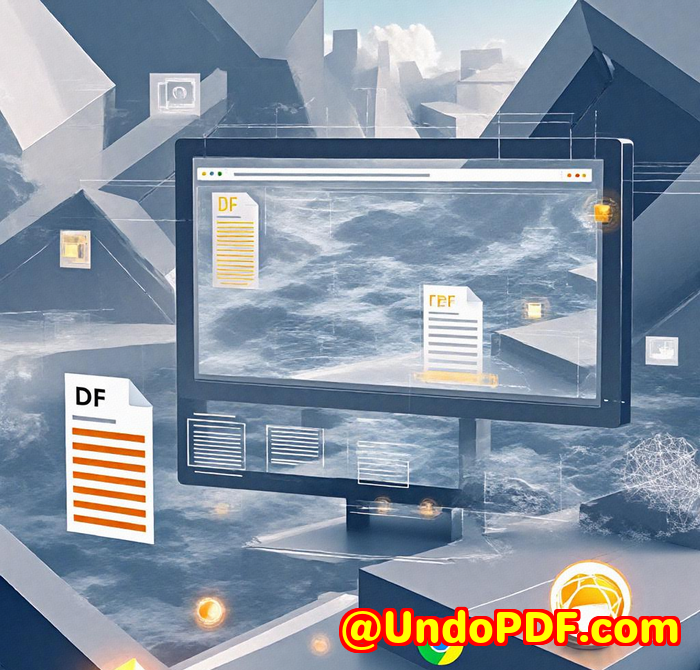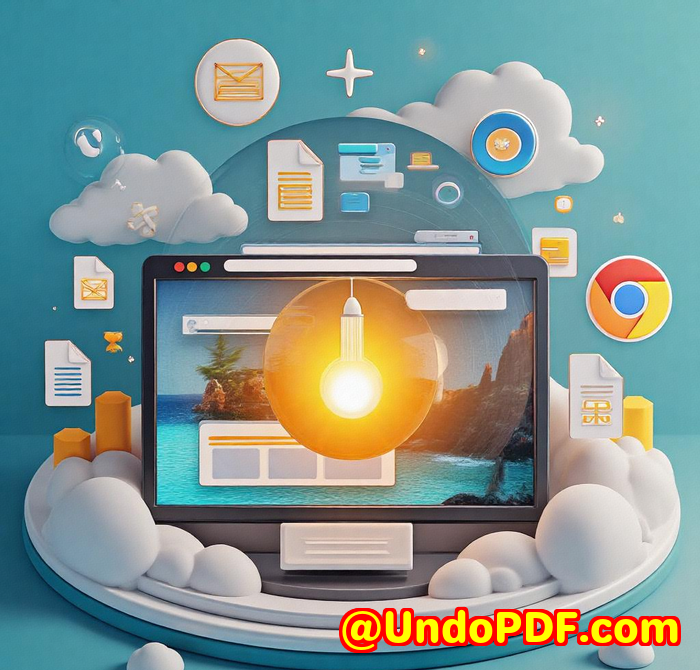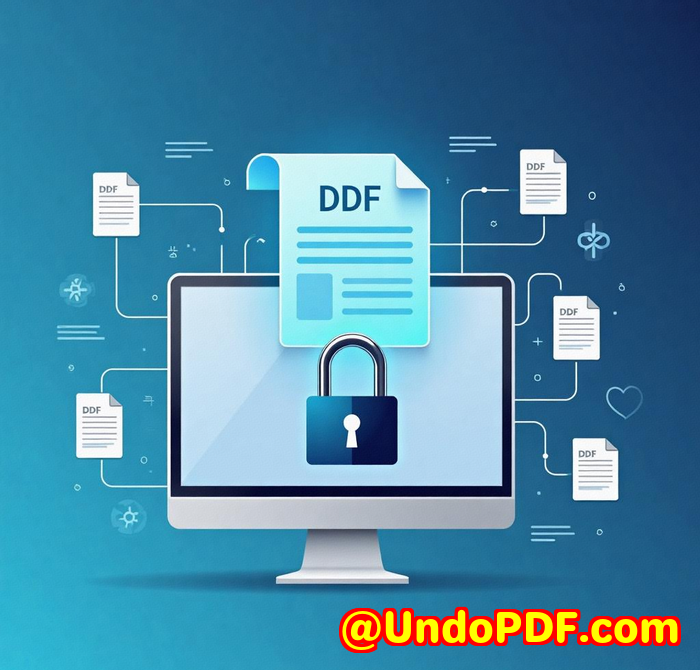Use VeryPDF Website Screenshot API to Capture Screenshots for Academic Research and Data Collection
Use VeryPDF Website Screenshot API to Capture Screenshots for Academic Research and Data Collection
Meta Description:
Easily capture high-quality website screenshots for research and data collection using VeryPDF Website Screenshot API. Fast, scalable, and built for precision.

Every time I had to archive web content for research, I hit a wall.
It was either messy browser plugins, screenshot tools that couldn’t handle dynamic pages, or clunky open-source options that broke on every update. And don’t get me started on full-page captureseither I got a pixelated image or a half-loaded site cut off mid-scroll.
That changed when I stumbled across the VeryPDF Website Screenshot API. If you’ve ever needed to capture website screenshots for academic research, market monitoring, or long-term documentation, you’ll know the pain I’m talking about. I needed screenshots that looked exactly like what I saw in my browserand I needed them automated, not one click at a time.
Here’s how I solved it. Fast.
Why I Switched to VeryPDF Website Screenshot API
I found this gem when I was scraping online news articles for a university project. The professor needed full-resolution archives of current events sites, with timestamps, layout, and all UI elements intactlike visual snapshots in time.
I tried a few browser extensions. They crashed on sites with infinite scroll. I even messed with headless Chrome scripts, but the overhead? Too much.
Then I hit VeryPDF’s Screenshot API, and within minutes, I was generating full-page screenshots of entire websitesacross formats, resolutions, and even devices.
What It Does (In Plain English)
VeryPDF Website Screenshot API for Developers lets you take screenshots of any website using nothing but a simple API call.
No UI. No plugins. Just pure developer firepower.
Here’s what you can do with it:
-
Capture full-page or mobile screenshots
-
Choose your output: PDF, JPG, PNG, WebP
-
Set dimensions or capture the entire scroll
-
Block ads and hide cookie banners
-
Export directly to AWS S3
-
Scale to millions of screenshots without performance issues
Whether you’re a developer, data analyst, researcher, or content archivist, this tool takes care of all the grunt work in the backgroundcleanly, quickly, and reliably.
3 Killer Features That Made My Life Easier
1. Full-Page, Retina-Quality Screenshots
I was archiving scientific articles from blogs and institutional websites. Some had parallax scrolling, lazy-loaded charts, or embedded videos. With most tools, the screenshot would cut off the bottom or miss elements that loaded late.
VeryPDF’s Screenshot API uses live Chrome rendering, so what I see is exactly what I get.
No distortion. No elements missing. Just pixel-perfect captureseven at 2x or 3x Retina resolution.
Example call I used:
I had clean captures, consistent across the board. No re-edits needed.
2. Automatic Capture Timing
Dynamic content is everywhere now. Pages don’t just loadthey trickle in, animate, and settle into place.
What blew my mind is that the API waits until the page is actually ready before it takes the screenshot. No race conditions, no screenshots of half-loaded pages.
I used this when grabbing pages from international news sources with animations and reactive layouts. VeryPDF automatically detects when the page is fully loaded and then captures. That alone saved me hours of re-runs.
3. Format Flexibility (And Output to S3)
Some of my team needed PDFs. Others wanted JPGs. I personally preferred WebP for web publishing.
With VeryPDF Website Screenshot API, you get all the formats you could possibly wantand you can push files directly to an S3 bucket if you need a CDN-ready setup.
No manual uploads. Just one API call with the right parameters.
Who Should Use This? (Spoiler: It’s Not Just Developers)
Researchers Whether you’re tracking misinformation, cataloging UI trends, or archiving sources, this API is your best friend.
Academic Teams Need timestamped, untouched archives of online content for peer review or grant documentation? Use this.
Developers Automate screenshots as part of your web scraper, CMS, or QA toolchain.
Legal & Compliance Document website terms, capture public content, or maintain logs for audits.
SEO & Content Teams Monitor competitor changes, capture SERP layouts, or preserve campaign pages.
Basically, anyone who needs reliable, high-fidelity screenshots at scale.
What Sets VeryPDF Apart From Other Tools
Let’s be honestthere are a ton of screenshot tools floating around. But here’s where they fall flat:
-
Open-source libraries need setup, constant maintenance, and break with browser updates.
-
Browser plugins lack automation and crash on large pages.
-
Other APIs either throttle you, restrict formats, or give you inconsistent results.
VeryPDF Screenshot API crushes those limitations.
It’s fast, scales effortlessly, and gives you total control over what and how you capture.
Some other things I appreciated:
-
Scalable to millions of screenshots per month
-
Chrome-based rendering that’s always up to date
-
Secure HTTPS endpoints on every plan
-
Mobile emulation and responsive testing features
-
Clear, no-BS pricing
Here’s How I Integrated It Into My Workflow
I was using Python for most of my scraping tasks, so it was a breeze to plug this into my code.
One simple API call, pass the URL, and boomimage or PDF in my folder.
I even used parameters to hide cookie pop-ups, which made everything cleaner.
If I needed a thumbnail? I set the width and height.
If I wanted no images (for OCR purposes)? Just use --no-images.
I didn’t need to maintain infrastructure. No more patching browser drivers or dealing with broken renderings. That freed me up to actually do research instead of fighting tech.
Final Thoughts: This Is a Must-Have for Any Serious Data Collector
If you’re serious about research, archiving, testing, or automation, you need to try the VeryPDF Website Screenshot API.
It solved all the problems I didn’t know I had.
I’d highly recommend it to anyone who deals with high volumes of webpages, dynamic sites, or automated reporting. It just worksand it works fast.
Start your free trial now and see for yourself: https://www.verypdf.com/online/webpage-to-pdf-converter-cloud-api/
Custom Development Services by VeryPDF
Need more than screenshots?
VeryPDF offers custom development services tailored to your environmentLinux, Windows, macOS, servers, mobile, you name it.
They build:
-
PDF/image converters
-
Virtual printer drivers
-
System-level tools for monitoring and intercepting print jobs
-
OCR engines for scanned files
-
Barcode recognition, layout analysis, and more
From APIs in Python, PHP, .NET, and JavaScript to document generators and DRM-protected PDF workflows, they’ve got the engineering muscle to build exactly what you need.
Reach out at http://support.verypdf.com/ to chat about your project.
FAQs
Q1: Can I use the Website Screenshot API for mobile emulation?
Yes. You can customise viewport size or emulate mobile devices with ease using specific parameters.
Q2: Does it support dynamic pages with JavaScript or animations?
Absolutely. The API uses Chrome under the hood and waits for full load before capturing.
Q3: Is it possible to hide ads or cookie banners in the screenshots?
Yes, you can use parameters like --block-ads and --hide-cookie-banners for cleaner outputs.
Q4: What output formats are supported?
PNG, JPG, PDF, WebPall available with a single API call.
Q5: How scalable is this API for large-scale use?
It’s built on AWS Lambda and supports over a million screenshots per month. Perfect for enterprise workflows.
Tags / Keywords
-
website screenshot API for academic research
-
capture full-page screenshots programmatically
-
archive websites for research
-
automated website capture tool
-
VeryPDF Screenshot API
-
screenshot API for developers
-
webpage to PDF API
-
dynamic website screenshot tool
-
Chrome-based screenshot API
-
scalable screenshot solution for researchers



